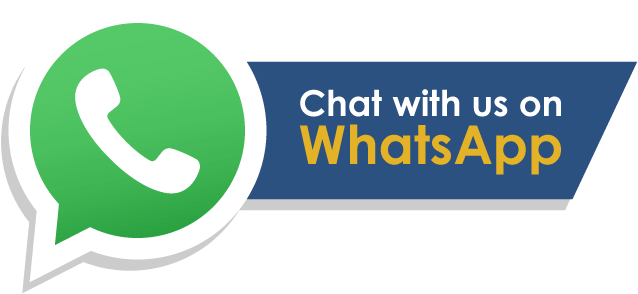Welcome to the odaswa (Operative for Dissemination of Academic Scholarly Works to All) Journal, your gateway to a dynamic and collaborative realm where the frontiers of engineering, technology, science, and management converge. As a non-profit, open-source publisher, odaswa is dedicated to fostering a global community of scholars who share a passion for advancing knowledge in these critical fields. Read more
Beyond the Journal :: Blog
Comprehensive Guide to Effective Article Documentation: Proven Best Practices, Essential Strategies, Tools, and Techniques for Clear, Organized, and Professional Writing
Effective article documentation is essential for clear communication and understanding. Whether you're writing technical manuals, academic papers, or blog posts, proper structure and attention to detail ensure the information is accessible and accurate. This article provides key tips for creating well-documented content that resonates with readers and stands the test of time.

1. Planning and Structuring Your Documentation
Effective article documentation begins long before the first sentence is penned. Start by defining your target audience: are you writing for experts, novices, or a general readership? Clearly establish the purpose of your documentation—whether it’s to inform, to instruct, or to persuade—and determine the scope: how deep should each topic be explored? Once your objectives are clear, draft an outline that logically orders sections and subsections. Use descriptive headings that guide readers through the narrative flow. Incorporate an introduction that sets expectations, a body that delivers detailed content, and a conclusion that summarizes key points and suggests next steps. An organized framework not only streamlines your writing process but also ensures consistency and coherence, making it easier for readers to navigate complex information and for you to spot gaps or redundancies early on.
2. Writing with Clarity and Consistency
Clarity is the cornerstone of effective documentation. Use simple, concise language and define any technical terms or acronyms upon first use. Favor active voice and present tense where possible, as these choices make sentences more direct and engaging. Maintain consistency in terminology, formatting styles, and capitalization rules—create a style sheet or adopt an established guide like the Chicago Manual of Style or Microsoft Writing Style Guide. Numbered lists and bullet points can break up dense text, highlighting critical steps or features. When referencing external sources, provide clear citations or hyperlinks. Integrate diagrams, screenshots, or code snippets to illustrate complex ideas; ensure visuals are high-resolution and accompanied by descriptive captions. Thoroughly proofread each section, ideally with digital tools and a human editor, to catch typos, grammatical errors, and ambiguous phrasing that can undermine credibility.
3. Reviewing, Formatting, and Maintaining Your Articles
No documentation is complete without rigorous review and ongoing maintenance. Begin with a peer or expert review to validate technical accuracy and to gather feedback on readability and completeness. Address reviewer comments systematically, tracking changes and preserving version history. Apply consistent formatting across headings, subheadings, paragraphs, and lists—use styles or templates in your documentation tool to enforce uniformity. Incorporate a table of contents with hyperlinks for digital documents, enabling quick navigation. After publishing, solicit user feedback through surveys or comment sections and monitor analytics to identify sections that attract questions or high bounce rates. Schedule periodic audits to update outdated information, correct broken links, and refine explanations as your subject evolves. By treating documentation as a living resource rather than a one-time deliverable, you ensure that it remains accurate, relevant, and valuable to readers over the long term.
This Content Sponsored by Buymote Shopping app
BuyMote E-Shopping Application is One of the Online Shopping App
Now Available on Play Store & App Store (Buymote E-Shopping)
Click Below Link and Install Application: https://buymote.shop/links/0f5993744a9213079a6b53e8
Sponsor Content: #buymote #buymoteeshopping #buymoteonline #buymoteshopping #buymoteapplication

